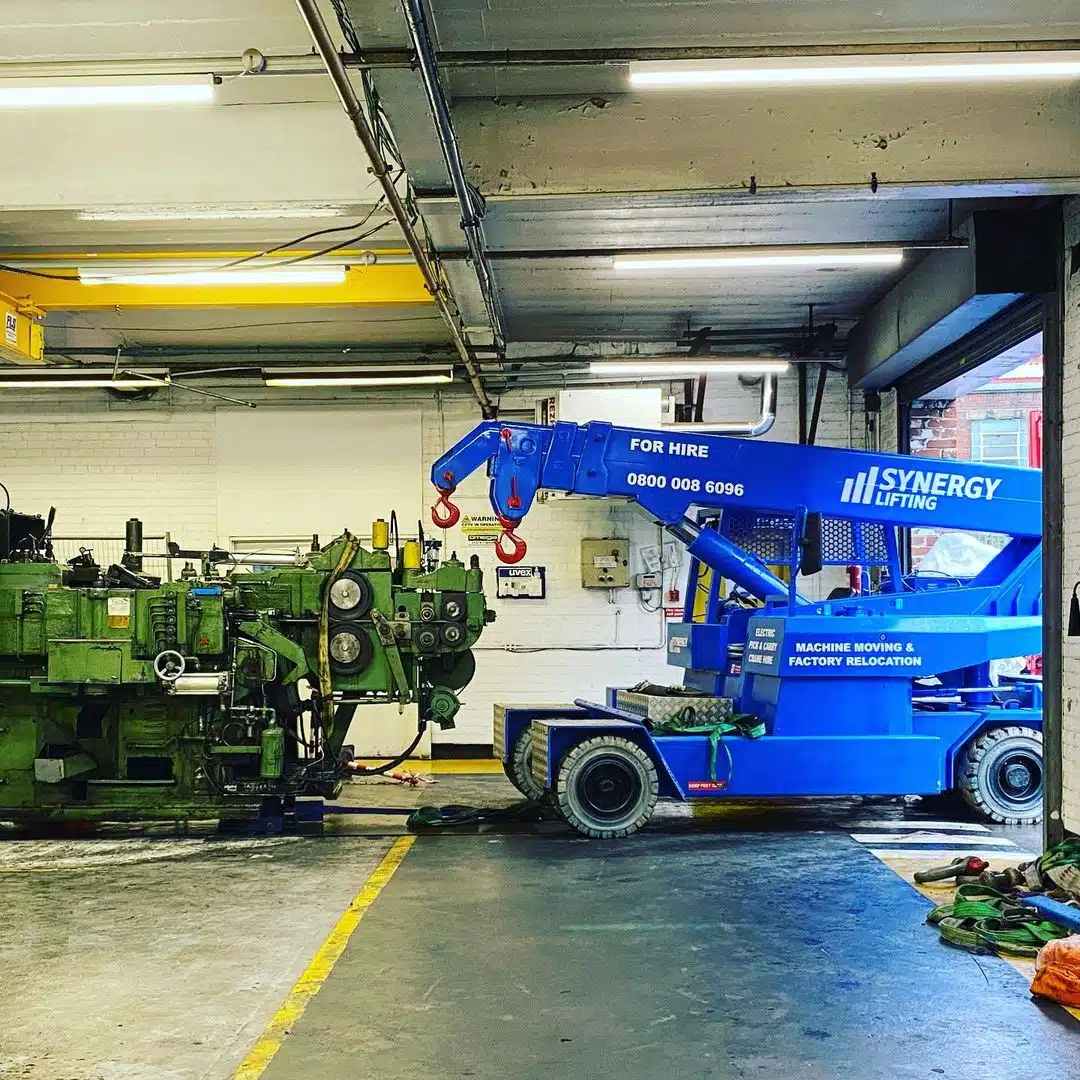
Installation & Commissioning
Installation and commissioning are two important steps in the process of setting up an overhead crane. They ensure that the crane is safe, functional, and meets the technical specifications. Installation involves assembling the crane components, such as the bridge, the hoist, the trolley, and the electrical system, on the site. Commissioning involves testing the crane performance and verifying its compliance with the standards and regulations.
One of the main aspects of commissioning is conducting various tests on the overhead crane. These tests check the movement, stability, and load capacity of the crane. There are usually two types of tests: no-load tests and load tests. No-load tests check the movement of the electric hoist lifting and the movement of the crane along the runway. They also check the alignment, clearance, and smoothness of the crane components. Load tests check the strength and durability of the crane under different load conditions. They also check the accuracy and reliability of the safety devices, such as the brakes, the limit switches, and the emergency stop.
There are different levels of load tests, depending on the purpose and the requirement of the crane. The most common ones are the static load test, the 1.25x load test, and the dynamic test. The static load test involves lifting a load equal to the rated capacity of the crane and holding it for a certain period of time. The 1.25x load test involves lifting a load equal to 1.25 times the rated capacity of the crane and holding it for a shorter period of time. The dynamic test involves lifting and lowering a load equal to the rated capacity of the crane and moving it along the span and the runway. These tests are designed to simulate the normal and extreme operating conditions of the crane and to detect any defects or weaknesses in the crane structure or mechanism.
There is also a 1.1x load test, which is sometimes required for certain types of cranes or applications. The 1.1x load test involves lifting a load equal to 1.1 times the rated capacity of the crane and holding it for a longer period of time. This test is intended to verify the long-term performance and endurance of the crane under a slightly higher load than the normal operating condition.









